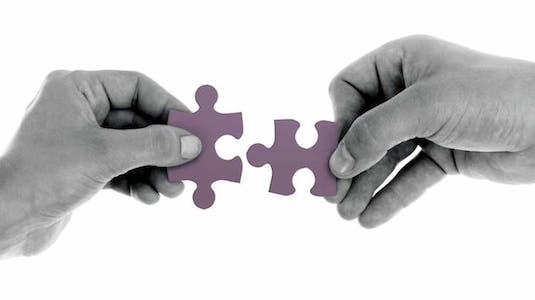14 Sep Grants 301: Managing Up
Grants 301: Managing Up Session 5 of the Grants 301 Series One of the greatest challenges we face as grant professionals is getting the information and resources needed to craft project ideas and develop competitive proposals. This information is often spread across multiple people and departments…from finance to...
17 Jul Keep It Fresh! Update Your Proposal Data by AGS Staff
In a recent post, my colleague Michele Ryan gave a library of great data sites to bookmark and pull fresh data from. In this post I challenge you to look internally at the data you already collect within your organization or for your grant proposals and consider how to freshen it up a bit by making it more recent, more relevant, and more specific.07 Jul Grants 301: Logic Models and Theories of Change
Grants 301: Logic Models and Theory of Change Session 4 of the Grants 301 Series While traditional philanthropy focused on funding immediate needs and short-term goals, the practice of philanthropy is taking a turn towards social change. Funders desire to fund change, not charity. In this way, philanthropy...
17 Jun Grants 101: Evaluation and Logic Models
Grants 101: Evaluation and Logic Models Session 6 of the Grants 101 Series Almost all grant funders ask what effect a program will have on the participants and how the organization knows of a program’s success. This session will teach the development professionals who write grants methods for...
10 Jun Ethics: The Ethics of Program Design – Plans and Partners
Ethics: The Ethics of Program Design: Plans and Partners Session 5 of the Ethics Series Creating a high-quality grant proposal can be challenging when organizations may also be designing the program at the same time. Alignment to the mission of the organization and its strategic plan versus...
13 May Grants 101: Describing the Key Components of Your Program
Grants 101 - Describing the Key Components of Your Program Session 5 of the Grants 101 Series A common mistake of many grant proposals is not providing enough information for the funder to truly understand the program. This session will guide attendees on what key program...
10 May Growing Partnerships By AGS Staff
29 Apr Ethics: Ethics for Grant Proposal Need Statements
Ethics: Ethics for Grant Proposal Need Statements Session 4 of the Ethics Series The way grant professionals describe the needs of their community is an important part of persuading reviewers and grant funders to award a grant. Which need is greatest and most aligned to the funders’...
26 Apr Grants 301: Motivational Interviewing: A Grant Centered Approach
Grant 301: Motivational Interviewing: A Grant Centered Approach Session 2 of the Grants 301 Series Have you ever been stuck when writing a grant proposal because the program person you're talking to says, "Oh, but we can't...










